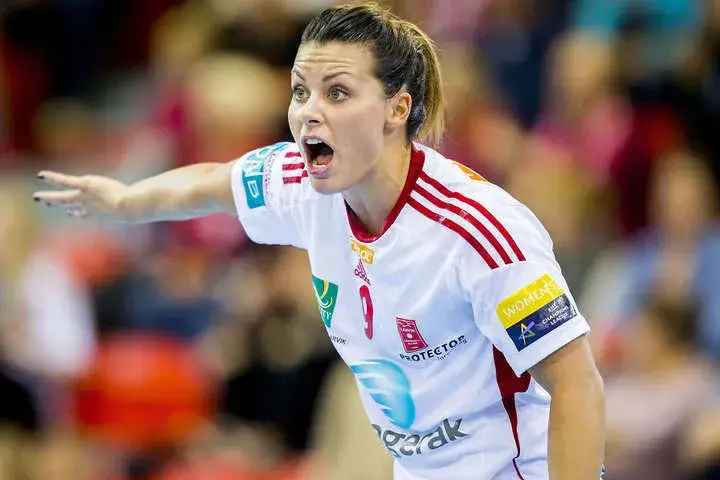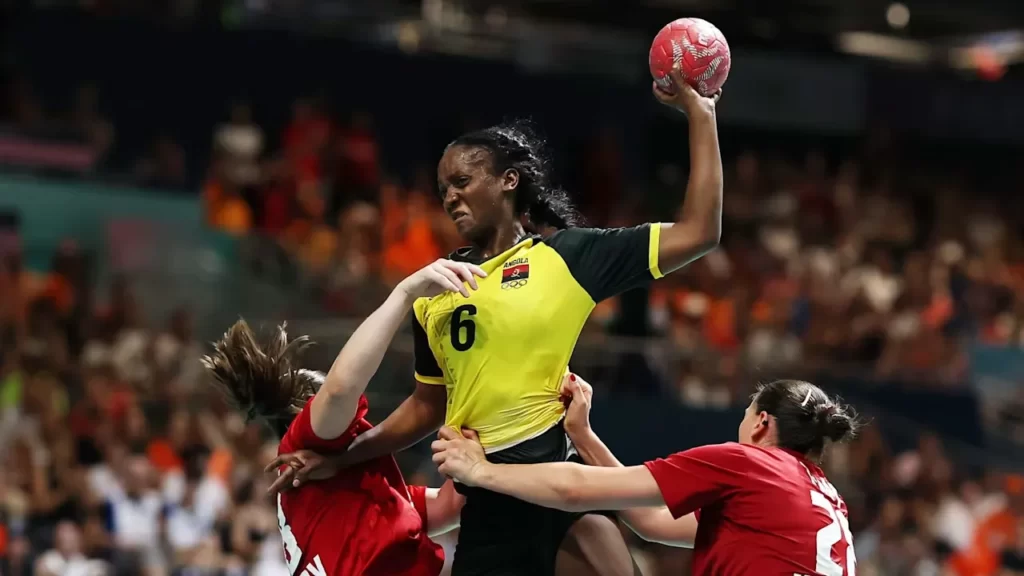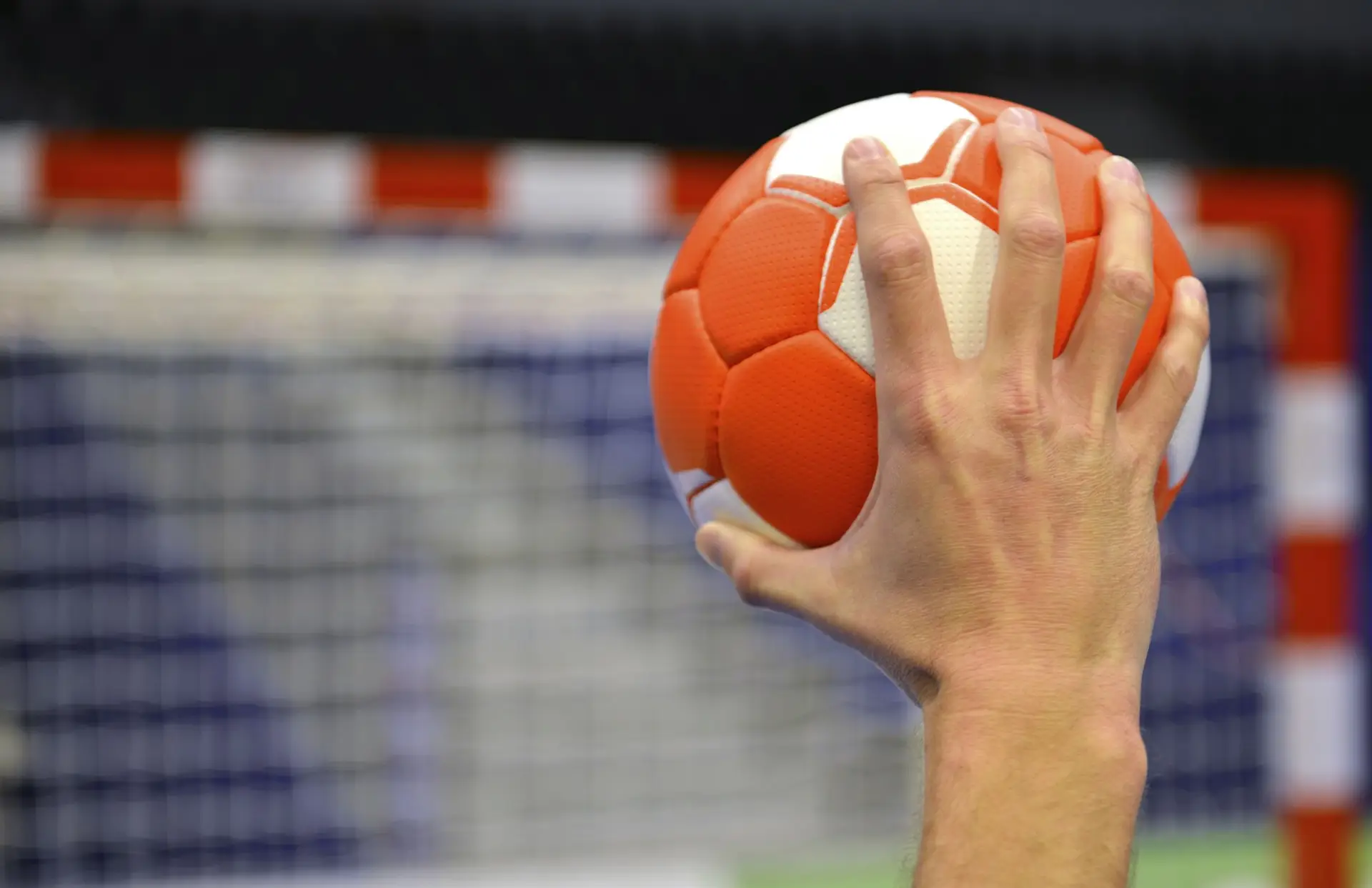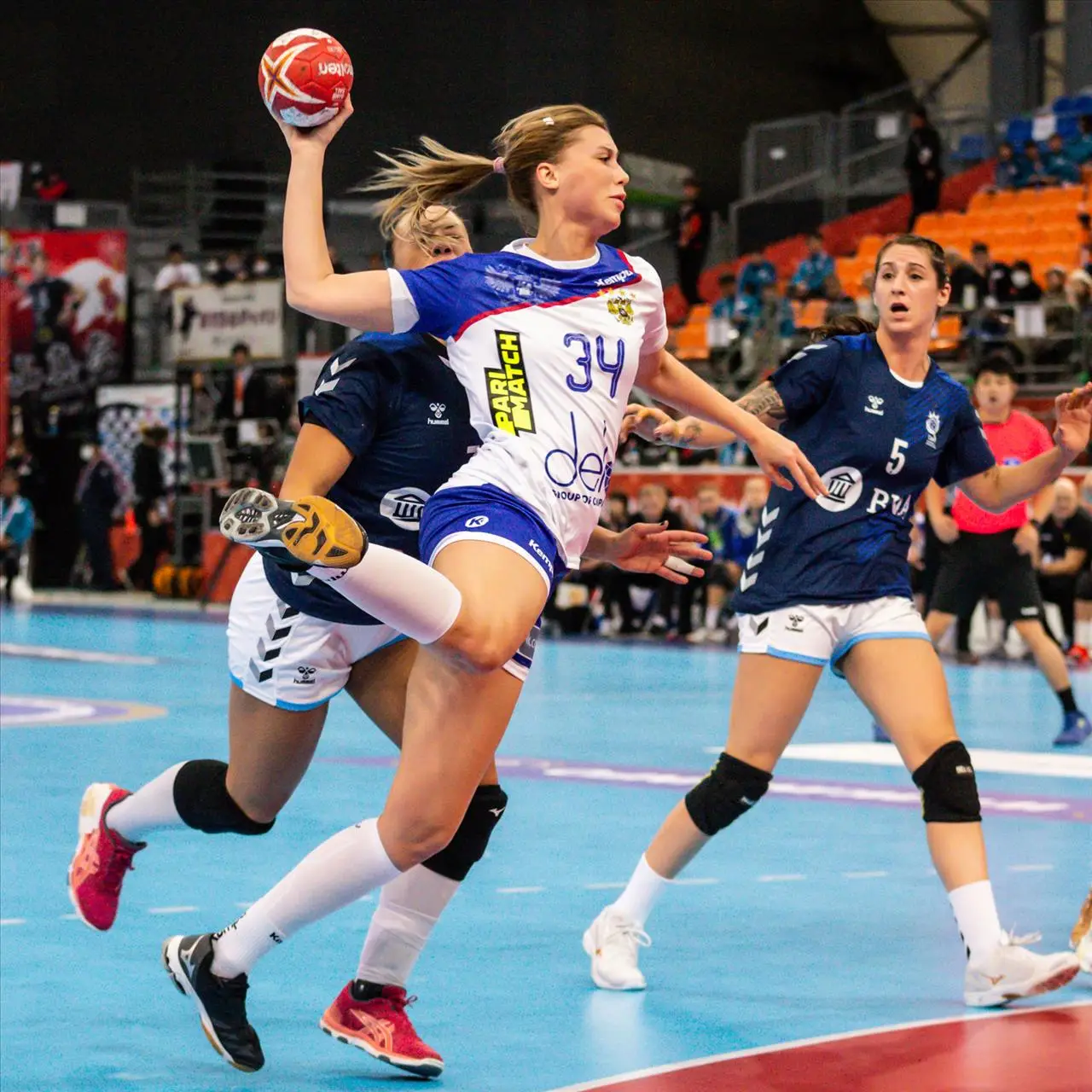Handball is more than a sport. It is a storm of emotions, passion and adrenaline coursing through the veins of every player. And in this wonderful world, there are always those who have assumed the role of hero: famous handball players whose achievements have become an integral part of history. This review brings together the best of the best: 15 handball players who changed the sport with their skills and inspired millions around the world.
Nikola Karabatic: master of tactics and power
Nikola Karabatic is a name associated with strength and genius on the pitch. Born in Yugoslavia in 1984, Nikola has become the personification of French handball. He has had a brilliant career, winning three world championships (2009, 2011 and 2017) and two Olympics (2008 and 2012). His game stood out for the precision of his tactical decisions, his ability to find the opponent’s weaknesses and use them to his advantage. Nicola has proved time and again that it is his tactical skills that have made him a renowned handball player who inspires players all over the world.
Mikkel Hansen: an unassuming giant with an incredible shot
Mikkel Hansen is a true handball giant. Born in 1987, the Dane is recognised as one of the most powerful attacking players in handball history. His throws are an art and it was he who gave Denmark Olympic gold in 2016 and world titles in 2019 and 2021. Hansen plays with a completely unique style that combines speed and precision and has a unique ability to read the game. His teammates and opponents highlight his humility and focus on the game, making him a recognised handball player with an incredible contribution to the sport.
Dushebaev Talent: a Spanish genius on the pitch
Dushebaev Talent is a Spanish handball player and coach who has taken the world by storm with his skills. Born in Kyrgyzstan in 1968, Dushebaev played for the national teams of the Soviet Union and Spain, with whom he won numerous titles, including a world championship and two European championships. His tactical vision of the game and ability to organise an attack earned him a reputation as one of the best strategists. Dushebaev also enjoyed a successful coaching career and was manager of clubs like Atletico Madrid and Vive Kielce.
Kentin Mahe: French strategist and transition genius
Kentin Mahe is one of those players who breathed new life into modern handball with his strategic skills. Born in 1994, he has already achieved many successes: he became world champion in 2017 and European champion in 2018. Kentin Mahe is the epitome of tactics and the ability to control the pace of the game. The French national team has won many times thanks to his mastery of the transition from defence to attack, and his eye for detail has made him a recognised handball player and a role model for future players.
Arpad Sterbik: handball’s best goalkeeper
Arpad Sterbik is one of the most talented goalkeepers in the history of handball. Born in 1979 in Yugoslavia, he played for the national teams of Yugoslavia, Serbia and Montenegro and Spain. Sterbik is known for his reaction speed, his ability to anticipate opponents’ movements and his anticipatory play. His career is full of highlights, such as the 2018 European Championships, where he helped Spain to gold by deflecting crucial shots in the final.
Hans Lindberg: the Danish sniper with nerves of steel
Hans Lindberg is one of the best right-backs in the world. Born in 1981, he has become a symbol of precision and perseverance in handball. His precise shooting and tireless pursuit of victory helped the Danish national team to world and European titles. Lindberg is known for his ability to score goals in the most difficult situations, whether at the last second or a penalty in a thrilling final. His teammates admire his composure and ability to stay in control at crucial moments. This is what makes him a famous handball player and inspires him to new achievements.
Goran Stojanovic: the Balkan wall
Goran Stojanovic is a legendary goalkeeper known for his impenetrable defence. Born in Montenegro in 1977, he played for clubs in Germany and the Montenegrin national team. His reflexes and ability to block shots even in the most difficult situations made him a threat to opponents. Goran has inspired many young goalkeepers and proved that you can perform with confidence even against the strongest strikers.
Nora Merk: Norwegian strength and strategy
 Nora Merk is a true star in women’s handball, known for her amazing throws and leadership qualities. Born in 1991, she has become a symbol of strength and skill for the Norwegian national team. Nora has led her team to victory in numerous international tournaments, including the World and European Championships. She possesses a unique ability to attack from any corner of the pitch and has an accurate shot that rarely misses. Her perseverance and willingness to fight until the end have made her a renowned handball player who inspires many girls around the world to take up the sport.
Nora Merk is a true star in women’s handball, known for her amazing throws and leadership qualities. Born in 1991, she has become a symbol of strength and skill for the Norwegian national team. Nora has led her team to victory in numerous international tournaments, including the World and European Championships. She possesses a unique ability to attack from any corner of the pitch and has an accurate shot that rarely misses. Her perseverance and willingness to fight until the end have made her a renowned handball player who inspires many girls around the world to take up the sport.
Uwe Gensheimer: German powerhouse on the cutting edge
Uwe Gensheimer is one of the brightest German players on the left wing. Born in 1986, he has since become a symbol of powerful attacks at the edge of the pitch. His style of play combines incredible speed, technique and the ability to find holes in the opponent’s defence. Gensheimer has been recognised several times as one of the best wide players in the world and his contribution to the success of the German national team is incalculable.
Laszlo Nagy: the Hungarian giant
Laszlo Nagy is one of the most respected Hungarian handball players. Born in 1981, he became famous for his performances for Barcelona and the Hungarian national team. Nagy is strength and intelligence combined in one player. With his tall stature (2.09 m) and powerful shot, he is a formidable opponent for any defence. László captained the national team several times and won, making him a famous handball player and the national pride of Hungary.
Lyudmila Postnova – Russian handball star
Lyudmila Postnova is one of Russia’s most famous handball players. Born in 1984, she has won many titles with the Russian national team. Her unique style of play sets her apart from others: Ludmila is an incredibly quick decision-maker and a precise attacker. She helped Russia win the 2016 Olympics and many other tournaments.
Karolina Kurkova: the leader of Polish handball
Karolina Kurkova is a Polish handball player known for her leadership qualities and her incredible ability to inspire her team. Born in 1985, she has been a key player for the Polish national team throughout her career. Her technique and ability to find the best moments to attack make her one of the most dangerous players on the pitch.
Aiden Müller: Swiss phenom
Aiden Müller is one of the best Swiss handball players of our time. Born in 1990, he stands out among his teammates for his versatility and ability to play in different positions. Aiden has helped the Swiss national team achieve important successes on the international stage thanks to his tactical skills and physical fitness.
Tobias Reichmann: German sprinter
Tobias Reichmann is one of the fastest players in world handball. Born in 1988, he has become a symbol of speed and perseverance on the pitch. His talent manifests itself in skilful counterattacks and an incredible ability to escape defences. Tobias has helped the German national team to many victories, including Euro 2016. He consistently shows that speed and decisiveness are the key to success in handball. Therefore, he is considered a renowned handball player whose career inspires many.
Alizée Pintaric: French inspiration
Alizée Pintaric is one of the most eye-catching French handball players, known for her skill and will to win. Born in 1993, Alizée stands out for her unique technique and incredible work rate. She played a key role in the French national team’s victories in international tournaments, her ability to take the initiative at critical moments was key to the team’s success.
Conclusion
 These famous handball players are true legends who have made invaluable contributions to the development of world handball. Their tenacity, talent and desire to win inspire millions around the world. Follow handball, as the story continues and new stars are ready to make their mark and inspire a new generation of players and fans.
These famous handball players are true legends who have made invaluable contributions to the development of world handball. Their tenacity, talent and desire to win inspire millions around the world. Follow handball, as the story continues and new stars are ready to make their mark and inspire a new generation of players and fans.
 en
en  ru
ru  de
de  ar
ar  es
es  nl
nl  hi
hi  fr
fr  it
it  pt
pt  el
el 










